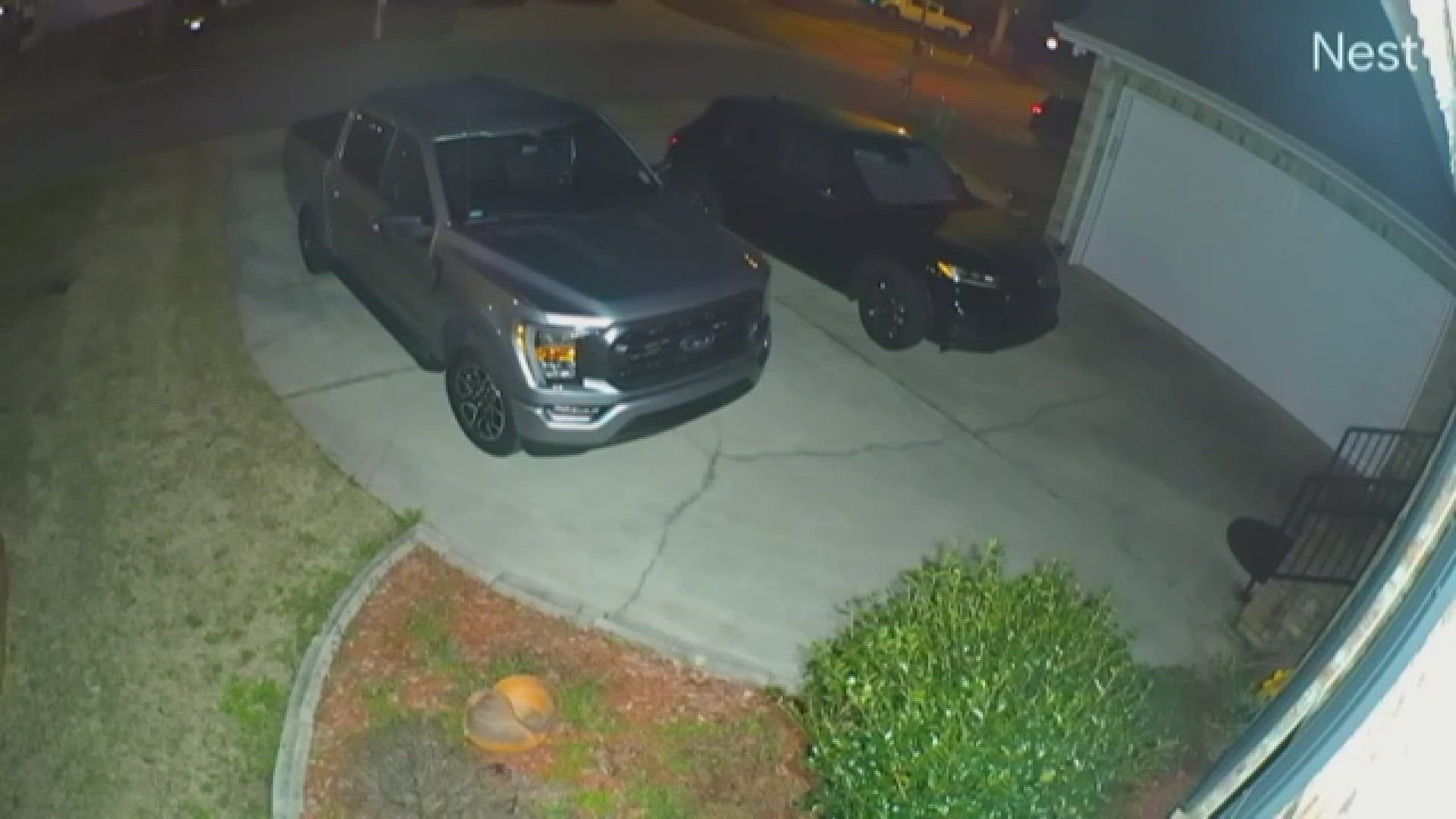SLIDELL, La. — Tuesday night, the WWL-TV newsroom got multiple calls that there was a loud boom, or rumble sound, that shook people's windows in the Slidell area.
People say their Ring doorbells also alerted them to the loud sound.
Police got 911 calls of concern.
So, what was it?
911: “Slidell police, Amber.”
Caller: “I'm concerned about a big loud sound. It was like a rumble. Apparently, it's happened amongst a wide area here in Slidell…but there was a big rumble, almost like an explosion."
It happened around 7:45 p.m.
“When I arrived home around 8 o'clock, my nephew, my 6-year-old nephew, called me and said, ‘I heard a big boom! Our entire house shook!’ And they're in like the Eden Isles-ish area,” said a woman studying to be a nurse in a Slidell coffee shop.
“The Ring doorbell app sent a notification asking about the boom, or notifying about the boom,” said a medical assistant student.
Another medical assistant student shared her experience.
“I didn't hear the noise, but I heard all over social media that it could have been aliens, or somebody invading us,” she said.
So, we turned to the Slidell Police Facebook page.
And sure enough, they “confirmed” that at least “one green alien, in a spaceship” had been seen in Slidell. But as proper journalistic sourcing dictates, we wanted a second source for confirmation and turned to the feds at NASA.
“NASA Stennis Space Center is the nation's largest and premiere propulsion test site, and it supports a variety of test projects. And we're able to conduct those projects because we're surrounded by a very large, 125,000-acre acoustical buffer zone. And every now and then, when the weather conditions are just right, and conducive, some of that testing, the sounds of it, extend beyond that buffer zone,” explained C. Lacy Thompson, News Chief in the NASA Stennis Office of Communications in Bay St. Louis, Mississippi.
And there was something different with the weather during the testing.
“Last night there was a temperature inversion, which is really just a layer of warm air. And so, when you have that, sometimes it can enhance sound because the sound waves travel up. They hit the warm air, and then they get bent back to Earth,” explained Alexandra Cranford, WWL-TV Meteorologist.
So, inversions can make sound heard at farther distances, like from that rocket engine being tested Tuesday night at Stennis, all the way to Slidell.
“But I kind of had a feeling it was Stennis Space Center,” said one of the students.
“But yeah, it was pretty cool to experience it, and knowing that it's from the NASA station, that's pretty cool,” said another student.
Mystery solved.
NASA Stennis is a federal city and has about 50 different agencies there working on a variety of missions and endeavors.
They did not have any video of last night's test to share with us.

